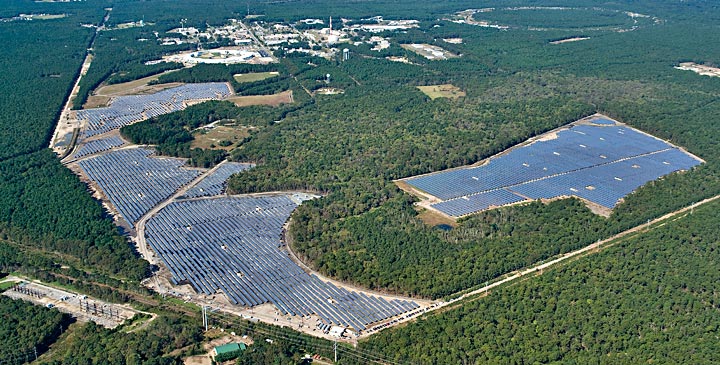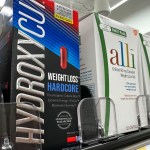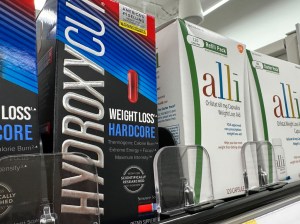Is Long Island’s recent embrace of solar energy an enlightened sign of sound planning, or are neighbors complaining about the planned solar farms right to block the sun from coming in?
Across the region, homeowners and the municipalities in which they live are increasingly making way for solar panels—so much so that LI, with 10,943 installations of panels on resident rooftops, commercial warehouses and arrays, leads the state in the sheer number of projects installed. According to reports, the Island’s rate of adoption is the slowest in New York, but the comparison isn’t apples to apples. Although the proportion of solar panels to population is smaller compared to other areas, Long Island is simply much larger than them—so even a small percentage is nearly double that of other places.
The industry is booming as well—with environmentalists arguing in recent press releases that utilities should be paying people who go solar more money to do so. That’s good news. Four years ago, there were 4,938 projects generating a maximum output of 37.8 megawatts—with each megawatt providing about 155 homes with power, according to the Solar Energy Industries Association. In 2014, the estimated maximum capacity was 96 watts, reaching almost 15,000 homes. Currently at Calverton’s Enterprise Park, four solar projects are underway.
So why are some residents railing against the installation of solar arrays? The complaints primarily arise out of siting concerns. The proposed placements of LI’s large commercial facilities have ranged from a six-acre watershed in Holbrook to a 60-acre piece of the DeLalio Sod Farm in Shoreham, as well as a portion of the 126-acre former home of the Calverton Links golf course, with each location generating its own crowd of opposition from unhappy residents nearby.
Despite some fringe fears, many residents have legitimate questions that haven’t been adequately answered. Are the sites slated for proposed solar development the right ones? These neighbors are correct to ask solar developers why they should use valuable undisturbed open spaces for new solar farms when so many blighted, commercial and industrial sites already exist in the region.
The solar boom highlights what can happen when a growing industry, not local residents and local municipalities, takes hold of the development reigns on the Island. Solar power, whose adoption is truly a great environmental advance for Long Island, quickly could have become a problem thanks to the steady increase of questionable panel placements. Thankfully before the issue could snowball, Suffolk County came to the rescue by shedding light on the issue with some sound urban planning.
Suffolk’s Planning Commission saw these trends emerging, and in a proactive move, worked with the industry to both create and approve voluntary guidelines in order to help standardize the patchwork siting process of the large arrays. In early May, the commission released its new rules. These guidelines were modeled on other codes successfully implemented across the country, a tactic Suffolk is no stranger to following—and vice versa.
Decades ago, Suffolk set the standard for open space and groundwater strategies that other municipalities emulated nationwide. Recommendations include sensible concepts such as limiting solar projects to industrial areas, avoiding array placement near 100-year flood zones, requiring minimum residential setbacks and confining panel coverage to 60 percent of the lot. Under the guidelines, 35 percent of the site is to remain “natural and undisturbed.”
As expected, solar industry insiders cried foul, but in the end as more municipalities adopt the guidelines, residents are victors. One of the benefits of LI’s home-grown Euclidean zoning is the exclusivity of land uses, which minimizes conflicting development from occurring too close to one another. Residents wouldn’t want a factory going up right near them, nor would a factory prefer a suburban development sprouting next door. These conflicts may crop up anyway thanks to the Island’s often fevered approach to development on its increasingly limited amount of open land. But the implementation of guidelines like these tends to mitigate them.
Nationally, we must lessen our dependence on fossil fuels, outdated power plants and aging infrastructure. Regionally, our approach to energy must follow our policies on housing, transportation and the environment. We need cohesion that assesses the on-the-ground realities, tracks our coming needs and balances our proposals for growth. With the new solar guidelines, Suffolk has taken an important first step towards allowing residents and businesses to chart Long Island’s energy future.
Rather than surrender to the darkness, let’s broaden the discussion further, and come together to address more of LI’s woes in the light of day.





















